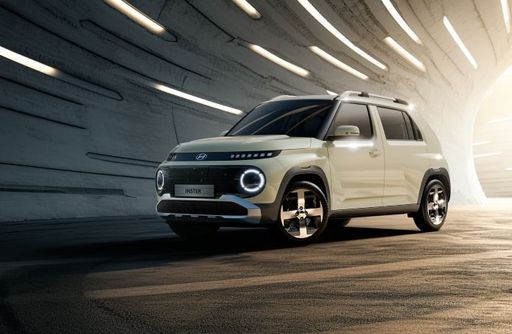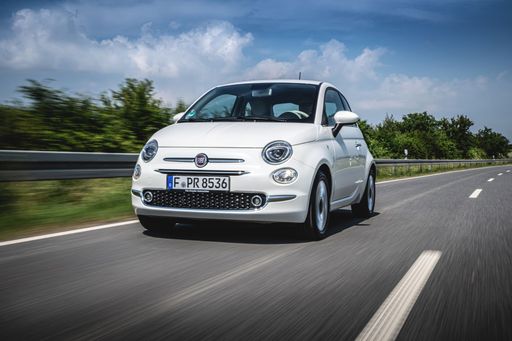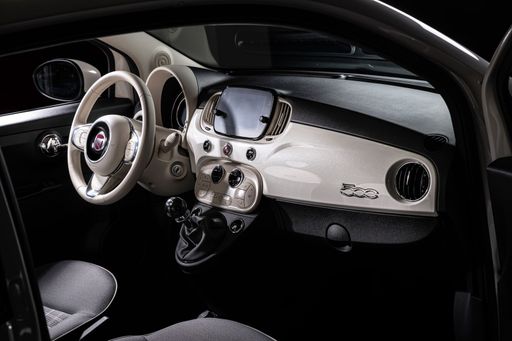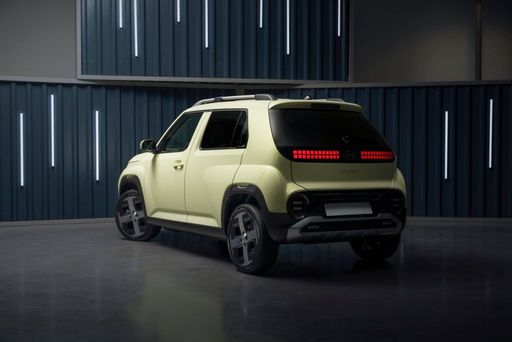Fiat 500 vs Hyundai Inster: A Comparative Analysis of Two Electric Vehicles
As the automotive market shifts increasingly towards electric vehicles, the competition among manufacturers is intensifying. Two notable contenders in the electric vehicle segment are the Fiat 500 and the Hyundai Inster. Both cars claim sustainability, innovation, and style; but which one excels in terms of performance and practicality? Dive into our detailed comparison below to find out.






